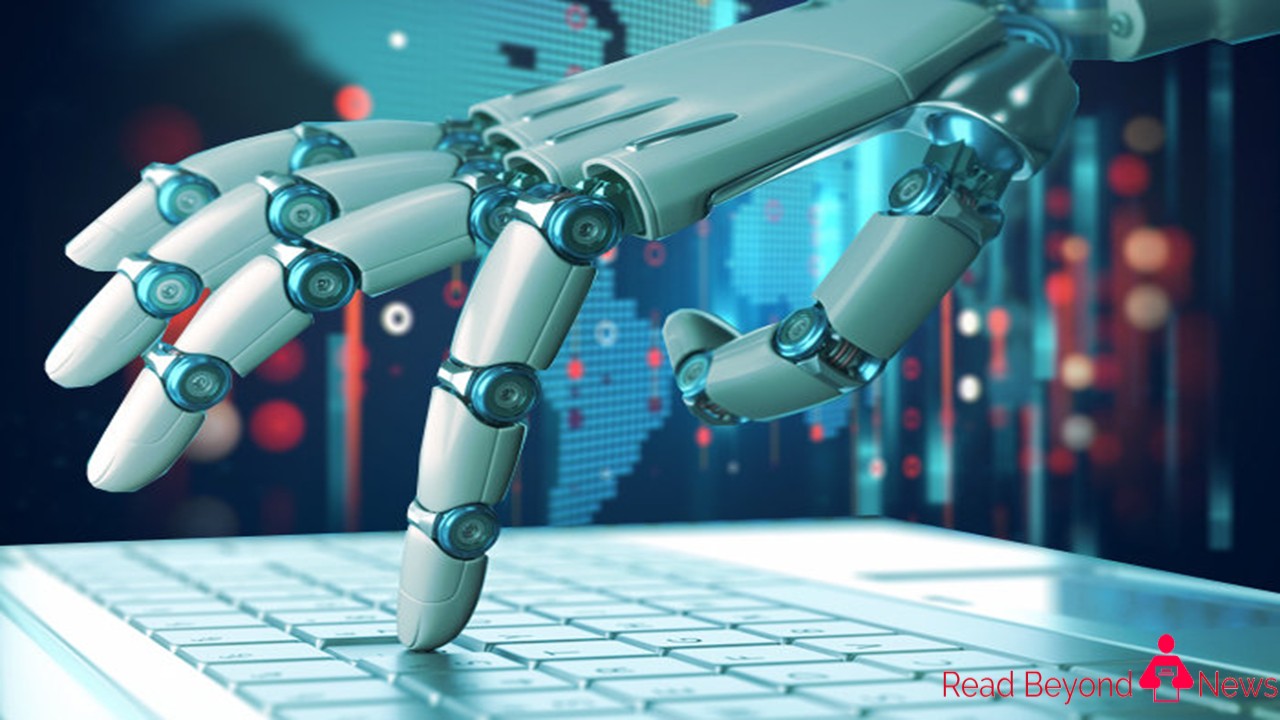A recent study unveiled that artificial intelligence can help in foreseeing the earthquake’s aftershocks. Scientists have trained an artificial neural network for studying the spatial relationships amid more than 130,000 main earthquakes and their aftershocks.
When tested, this AI network was far better than that of the traditional methods used by several seismologists, as stated in an article in the journal – Nature. Even though it is not completely possible to foretell where and when the aftershocks would take place, the seismologists have a little idea of these aftershocks.
“We’ve known for a long time that they will cluster spatially and decay over time,” said Susan Hough, a geophysicist of the U.S. Geological Survey in Pasadena, California.
Scientists from Harvard University and a mass-based team from Google AI nurtured data on more than 130,000 pairs into an AI. Not only was the data of locations and magnitudes included but also various measures of changes in stress on the faults from the quakes. The AI learned from the data depicted probable chances of an aftershock to occur and then the team examined the system to know if it is suitable for identifying aftershock locations or not.
Stating her views on the entire aspects of this technology, Hough said, “It’s a cool study and might pave the way for future work to improve forecasting. But the study focuses just on the static stresses, which are permanent shifts in stress due to a quake.” She added, “Aftershocks may also be triggered by a more ephemeral source of stress known as dynamic stress, produced by a quake’s rumbling through the ground.”




